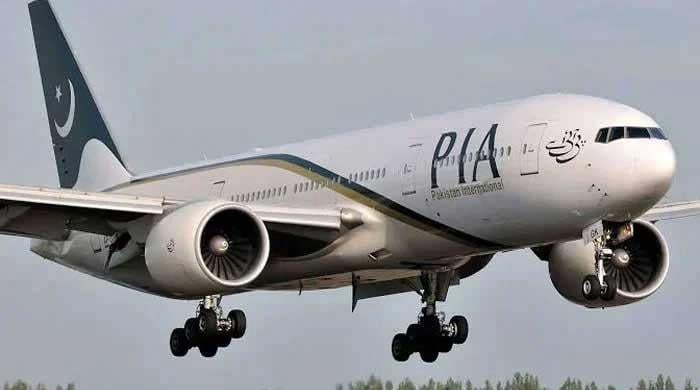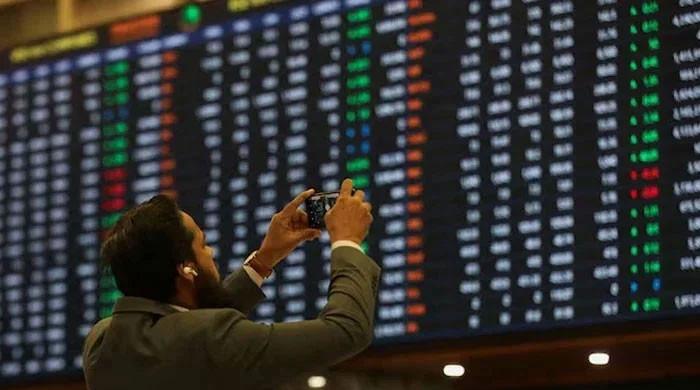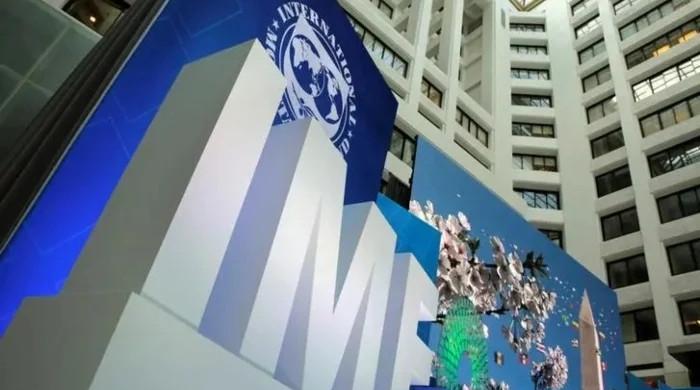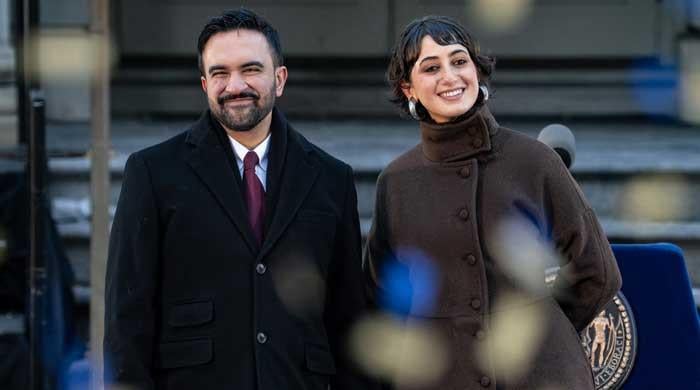What the NA-4 polls told us about 2018
NA-4 results were significant as they provide an early indication of the likely voting trends in the province for next national polls
November 03, 2017
On October 26, the Pakistan Tehreek-e-Insaf managed to retain its national assembly seat in Peshawar, trouncing the resurgent Awami National Party, the centre-ruling Pakistan Muslim League-Nawaz and even the family of the late lawmaker Gulzar Khan, whose death necessitated the by-election.
NA-4 is just one constituency, out of a total of 35 general seats in Khyber Pakhtunkhwa. Yet, the results were significant as they provide an early indication of the likely voting trends in the province for next national polls. In the past, the NA-4 has been an ANP stronghold. The party’s late candidate, Arbab Mohammad Zahir, often emerged victorious from this rural Peshawar stretch. But in 2002, the six-party religious alliance, the Muttahida Majlis-e-Amal, secured the seat riding on the back of the anti-US sentiment sweeping across the conservative province after the US invaded neighbouring Afghanistan.
Asfandyar Wali Khan’s party was routed a second time in 2013, when a pro-Imran Khan wave enabled the PTI to sweep the polls in Khyber Pakhtunkhwa. That year, Gulzar Khan, a senior bureaucrat who took up politics after retirement by joining the PTI, bagged a big margin of the votes, 55,134, while the runner-up, from the rival PML-N, Nasir Khan Musazai, polled 20,412 ballots.
In the recent by-election, the PTI candidate, Arbab Amir Ayub, obtained 45,734 votes, beating out Khushdil Khan of the ANP by 20,859 votes. Despite the landslide, the PTI share of votes has dropped by 9,400 since 2013. One reason for this could be the decision of Asad Gulzar, the late Gulzar Khan’s son, to contest the by-election on the Pakistan People’s Party ticket. Although he polled 13,200 votes only, he managed to cut into PTI’s final tally. In comparison, both the ANP and the third-placed PML-N got more votes than those polled by their candidates in 2013.
Now if this pattern were to persist, the PTI could face stiffer competition in the 2018 polls. Tea-leaf readings suggest that the party’s number of votes and parliamentary seats may reduce in the province.
There are also other noteworthy trends that have emerged from the NA-4 by-polls. Electoral alliances could also be on the cards before next year’s polling. As was the case in NA-4, the PTI would prefer to take a solo flight instead of aligning with other political parties. Though the Jamaat-e-Islami is part of the PTI-led government in Khyber Pakhtunkhwa, the two parties contested against each other last month. The JI’s dismal performance, receiving only 7,668 votes, has made it a less attractive proposition for the PTI to enter into an electoral alliance with it.
If rejected, the JI could opt for an MMA-style Islamic alliance to contest the 2018 polls instead. But Maulana Fazlur Rahman’s JUI-F would be less inclined to do so and instead continue to remain an ally of the PML-N. In NA-4, the JUI-F withdrew its candidate in favour of the PML-N. This is an option it could take again in 2018 to drive out the PTI from the province.
As was the case in the NA-120 Lahore by-election, the mainstreaming of the radical Islamic groups continued in the NA-4 Peshawar by-polls. Both the Milli Muslim League, formed by the outlawed Jamaat-ud-Dawa’s founder Hafiz Saeed who was placed under house arrest by the government early this year and is wanted by the US and India for his role in the November 2008 Mumbai attacks, and the Tehreek-e-Labbaik Pakistan fielded their candidates in the Peshawar by-election after making their electoral debut in September in the Lahore by-polls. The latter campaigned vigorously in NA-4 Peshawar in the name of Mumtaz Qadri, who was convicted and later executed for killing Punjab Governor Salman Taseer, and polled an impressive 9,935 votes to take fifth place ahead of the JI. The MML candidate, who contested as an independent because the Election Commission refused to register the party, lagged far behind in both the by-elections in Lahore and Peshawar despite running a vigorous, well-resourced campaign.
These two, and probably other hard-line religious groups, would continue to take part in electoral politics, but are unlikely to achieve victory other than denting the votes traditionally polled by rightwing parties. Both the PML-N and JI apparently lost votes to the TLP and MML and this could henceforth become a pattern.
On the brighter side, the turnout of 33.67 percent wasn’t bad for a by-election, particularly in a constituency that had suffered high level of violence for several years due to militancy and is located on the edge of the troubled tribal areas. The fear of bombing by terrorists on the polling day failed to deter the voters. The participation of women in the electoral exercise was heartening because the electorate is conservative and known for keeping the female voters from voting in the past.
Yusufzai is the Resident Editor of The News International in Peshawar
Note: The views expressed, are those of the author, and do not reflect the official policy or position of Geo News or the Jang Group.









